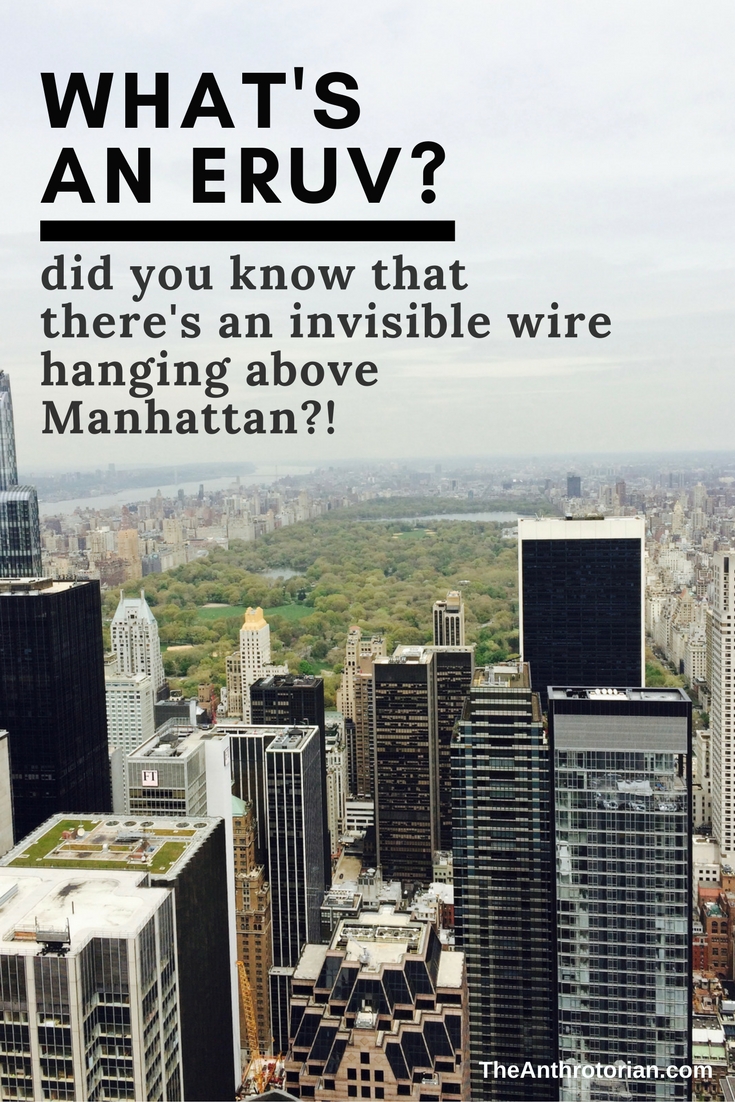Nothing can ruin a vacation more than huge, itchy welts all over your body.
I learned the hard way that I react differently to mosquito bites outside of North America when I woke up one morning in Thailand and my eye was swollen shut.
A mosquito had spent the night sucking the blood out of my cheek while I was sleeping.
After the initial shock, of not being able to see out of my left eye wore off, I realized that the entire left side of my body was also itchy and looked down to find even more bites that were quickly swelling to epic proportions.
To make the situation even worse, my travel buddy, who had been sleeping next to me all night, was completely bite free.
From that moment on, I decided that mosquito spray was going to have to be my best friend.
Pack mosquito spray (a lot of it)
I know that they are better for the environment and your health, but in my experience, the all-natural or organic bug sprays do not work on the swarms of mosquitos that come from humid, hot climates.
If you react like I do to foreign mosquitos, stick to sprays that contain DEET. I know, I know, it’s a chemical that can cause side effects if you are exposed to it over the long term, but it’s either that or get eaten alive and potentially contract a fatal disease from one of your swollen bites. In other words, pick your poison.
The strategy I use is to wear a milder spray (like one of the nicely scented, child-friendly ones) during the day, and then switch to a more intense, deep-woods style spray at night. The heat of the day tends to keep most mosquitos in hiding (though they will still find you when you head to the shade), but they come out in full force once the sun goes down.
So, other than itchy bites, what are you trying to avoid by using all this bug spray?
There are a few serious diseases that you can get from mosquitos when traveling in tropical and sub-tropical environments:
Malaria: there is no cure or shot for this guy, but you can take pills to prevent it
Dengue Fever: no cure, no shot, no pills
Japanese Encephalitis: there is a vaccination for this one and if you are going somewhere where it is present, get it. This nasty disease can lead to brain damage and death.
Yellow Fever: vaccine available and some countries won’t even let you in unless you've had it
Zika: no vaccine and the long-term side effects are still being investigated
Don't forget your mosquito net!
Other than wearing mosquito spray (I wore it 24 hours a day when in Southeast Asia), I suggest carrying a mosquito net with you. Many hotels will already have them installed in your room, but it’s better not to risk it. Nets are light, don’t take up much room and are easy to set up. Bring some duct tape and a screw in hook as options to hang it up yourself.
Pack your own coils and candles
If you are planning on sitting out on decks or balconies at night, it’s also worth packing some mosquito coils or small citronella candles to burn to help keep the bugs at bay.
Antihistamines are your friends
If you do end up getting bitten, an antihistamine will help with the swelling and itching. When I was in Thailand, one of the pharmacists there gave me Tiger Balm to put on the bites which cooled them off and took away some of the irritation as well.
Try taking vitamin B12
Mosquitos find people using their strong sense of smell, and it has been speculated that eating bananas or taking vitamin B12 will make your blood smell bad and keep them away. There is no scientific evidence to support this, BUT after I started taking B12 daily (this was recommended to me by a Chinese herbalist), any bites that I got didn’t swell or itch.
Know where risk zones are and where help is available
Lastly, check with your local Traveler’s Health Clinic for updates on risk zones, and know where international clinics are located in the countries that you are headed to so you can find help quickly if you need it.
The CDC has great information about prevention, diseases, and where mosquitos carrying different viruses are located.












